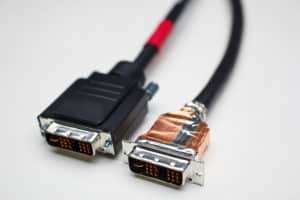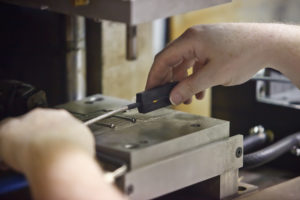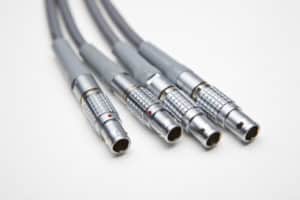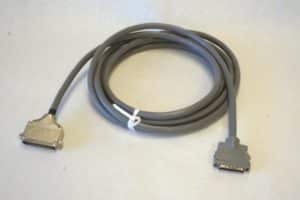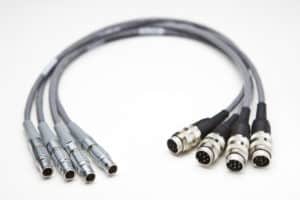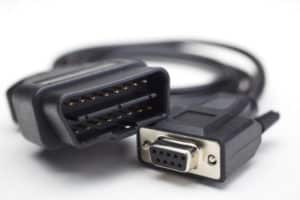Injection molding is one of the most popular methods for manufacturing parts and finishing electromechanical cable products. It is a versatile process that is capable of creating various shapes and sizes.
Injection molding provides many benefits over other manufacturing methods, including its high accuracy and repeatability. This process also allows for using a wide variety of materials, making it ideal for creating parts with complex designs.

